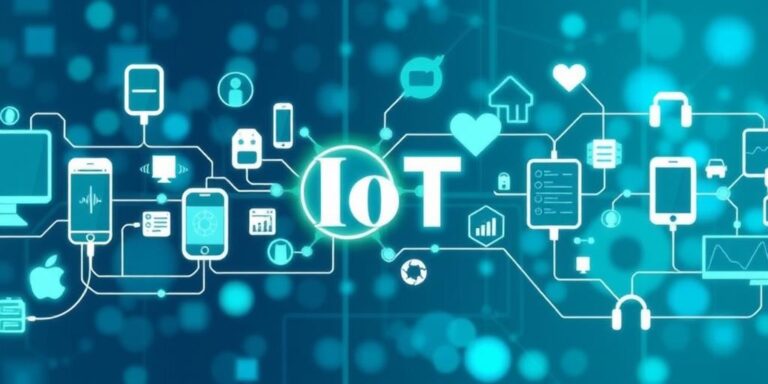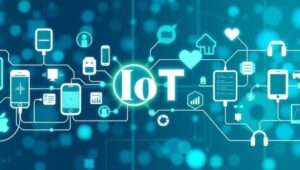Healthcare IoT (IoMT – Internet of Medical Things) is revolutionizing the healthcare industry by connecting medical devices, software applications, and health systems to enhance patient care, improve efficiency, and reduce costs. IoMT encompasses a wide range of devices, from wearable fitness trackers to sophisticated medical equipment, all interconnected to collect, analyze, and transmit health data.
Key Components of Healthcare IoT
- Medical Devices: These include wearable sensors, remote monitoring devices, and diagnostic equipment that collect patient data.
- Connectivity: Wireless technologies like Bluetooth, Wi-Fi, and cellular networks facilitate data transmission between devices and healthcare providers.
- Data Analytics: IoMT platforms analyze the collected data to provide insights, predict health trends, and support clinical decision-making.
- Software Applications: Mobile apps and web-based platforms enable patients and healthcare professionals to access and manage health data.
Applications of Healthcare IoT
- Remote Patient Monitoring: IoMT devices allow continuous monitoring of patients’ vital signs and health conditions from their homes, reducing the need for frequent hospital visits.
- Medication Management: Smart pill dispensers and adherence trackers ensure patients take their medications as prescribed, improving treatment outcomes.
- Chronic Disease Management: IoMT solutions help patients with chronic conditions like diabetes and heart disease to monitor their health, manage their symptoms, and prevent complications.
- Real-Time Location Tracking: Tracking the location of medical equipment and staff within healthcare facilities improves resource management and operational efficiency.
- Smart Hospitals: IoMT-enabled hospitals use connected devices to automate processes, improve patient safety, and enhance the overall patient experience.
Benefits of Healthcare IoT
- Improved Patient Outcomes: Continuous monitoring and timely intervention lead to better health outcomes.
- Increased Efficiency: Automation and data-driven insights streamline healthcare processes.
- Reduced Costs: Remote monitoring and preventive care reduce hospital readmissions and healthcare expenses.
- Enhanced Patient Engagement: Patients are more involved in their care through access to their health data and personalized recommendations.
- Better Decision-Making: Healthcare providers can make more informed decisions based on real-time data and analytics.
Challenges of Healthcare IoT
- Data Security and Privacy: Protecting sensitive patient data from cyber threats is critical.
- Interoperability: Ensuring seamless communication between different devices and systems is essential.
- Regulatory Compliance: Adhering to healthcare regulations like HIPAA is necessary.
- Data Overload: Managing and analyzing large volumes of data can be challenging.
- Integration with Existing Systems: Integrating IoMT solutions with legacy healthcare systems can be complex.
Conclusion
Healthcare IoT holds immense potential to transform healthcare delivery by improving patient care, increasing efficiency, and reducing costs. Addressing the challenges related to data security, interoperability, and regulatory compliance is crucial to realizing the full benefits of IoMT.




